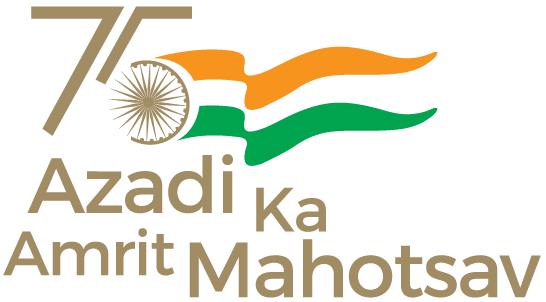SALIENT FEATURES OF MIZORAM STATE TRAINING POLICY, 2013
Origin: Mizoram State Training Policy,2013 is the outcome of the National Training Policy,1996
Vision: To meet the rising expectation of the people, this can be achieved by enhancing Efficiency; Effectiveness; Sensitivity & Responsive behavior towards the public.
Mission: To impart need-base training to develop Right attitude; Necessary skills; Duty conscious; Competence & Self motivation.
Training objectives:
- To develop professional knowledge and skills for impartial and efficient Civil Service, proper ethics and commitment to work that is responsive to the needs of the citizens.
- The competency framework as a tool to ensure that Civil Servants have the requisite knowledge, skills and attitude to effectively perform the functions they are entrusted with.
- To increase Job satisfaction and facilitate career progression.
- To motivate and enable all public servants to contribute positively to the transformation of the society, economy and polity.
- The success of training lies in actual improvement in the performance of Civil servants.
Training coverage:
- The lowest operating level (cutting-edge, Group ‘D’ and Group ‘C’):
- The junior management level (Group ‘B’ Non- Gazette and Gazette):
- The supervisory level (Group ‘A’ entry ):
- The middle management level ( Under Secretary / Deputy Director / Deputy Secretary/ Joint Director):
- The top management level (Joint Secretary/ Director and above):
Training Target : All categories of Civil Servants
Role of Departments :
- Appoint a Training Manager not below the rank of Superintendent
- Prepare an Annual Training Plan;
- Classify all posts with a clear Job description and competencies required;
- Incorporate an appropriate provision in any new scheme to ensure that suitable training is imparted for its proper implementation and sustainability;
- Where feasible, use the services of the Administrative Training Institute in developing the Annual Training Plans,;
- Allocate at least 0.5 per cent of its salary budget to enable each Department to meet training requirements;
- Incorporate a separate section in the Department’s Annual Report on training and capacity building activities undertaken during the year.
- Make the immediate supervisor responsible and accountable for the training of the Staff working under him.
Role of ATI:
- Conduct appropriate training courses;
- To become model of excellence;
- Provide technical assistance and advice;
- Introduce distance and e- learning courses ;
- Network with other institutions;
- Ensure that all trainers undergo ‘ToT ‘programmes;
- Maintain database of trained manpower for future reference;
- Constantly hone and upgrade the skills of faculty members;
- Constantly review and develop curricula, course material, content and training methodologies;
- Conduct evaluation studies to assess the impact of training;
- Give special focus on behavioral/attitudinal training.
- Provide advisory and / or consultancy service.
Role of DP&AR (Trg Wing) :
- Monitor the implementation of the Mizoram State Training Policy, 2013;
- Maintain a database of training and development activities;
- Ensure appointment of Training Managers in all the Departments, build their capacity and work in close coordination with them.
- Develop a Training Management Information System (TMIS);
- Undertake benchmarking/evaluation study of ATI;
- Undertake Training Needs Analysis for the State in consultation with Departments and coordinate with the ATI
- Review the implementation of the Annual Training Plan, functioning of ATI & to look at the:
- Utilization of training capacity.
- Quality of training conducted.
- Adequacy of the physical and training infrastructure, faculty, finances and delegation of powers for carrying out the Institute mandate.
- Proper Selection and development of faculty, incentives for them and stability of their tenure.
- Mizoram State Training Policy, 2013 has been issued by DP&AR vide No. A. 33042/1/2007-P&AR(TRG) dated 23rd September, 2013.

















